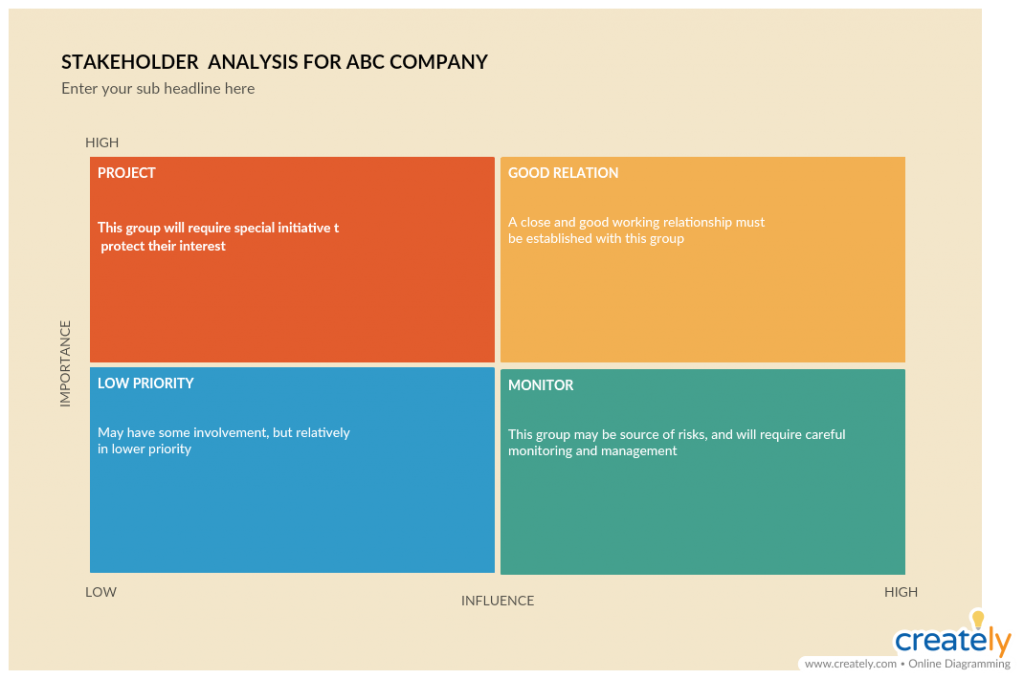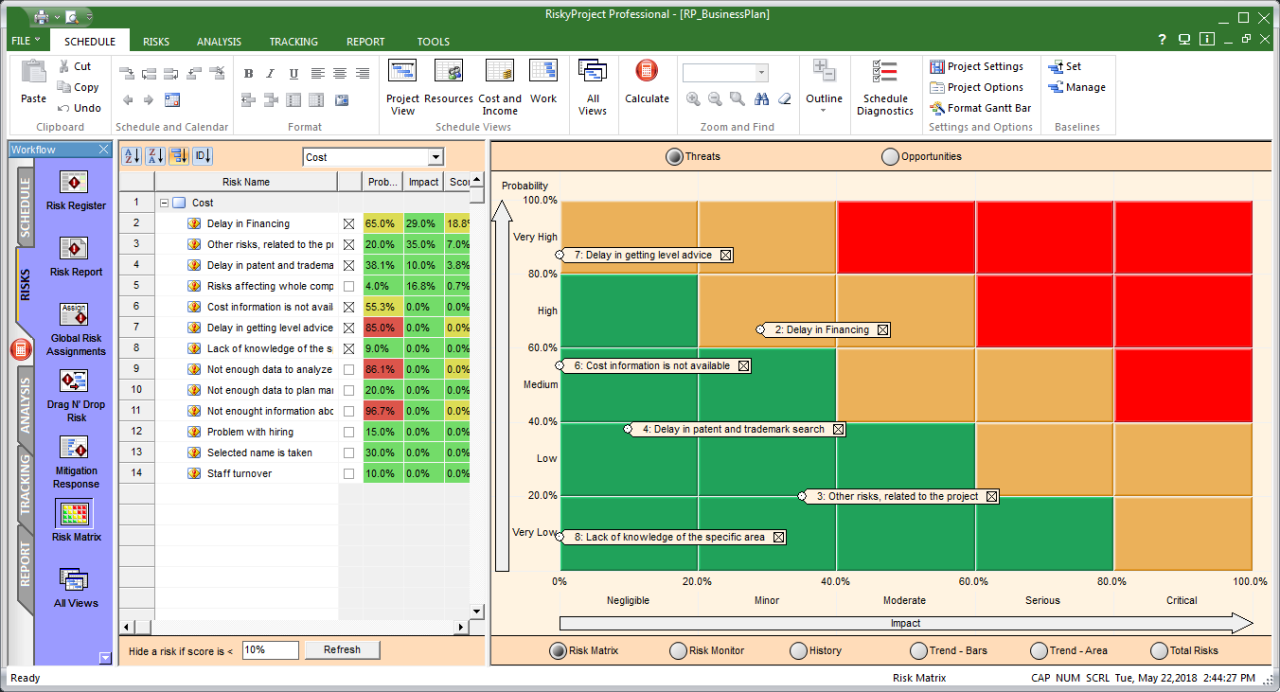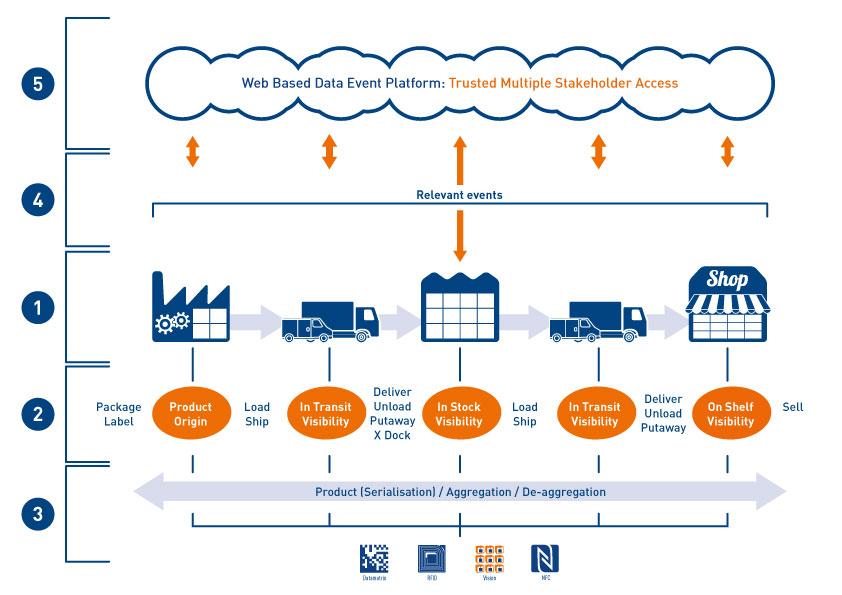Financial Decision-Making Software Tools
Financial decision-making software tools have emerged as indispensable assets for businesses and individuals seeking to navigate the complexities of financial management. These powerful tools empower users with data-driven insights, streamlined processes, and enhanced decision-making capabilities, ultimately leading to improved financial outcomes.
From budgeting and forecasting to investment analysis and risk management, financial decision-making software tools offer a comprehensive suite of features tailored to meet diverse financial needs. By leveraging these tools, businesses can optimize their operations, minimize risks, and maximize their return on investment.
Financial Decision-Making Software Tools Overview
Financial decision-making software tools empower individuals and businesses to make informed financial choices by leveraging technology and data analysis.
These tools offer numerous benefits, including improved accuracy, efficiency, time savings, and the ability to handle complex financial data.
Types of Financial Decision-Making Software Tools
Financial decision-making software tools vary based on their functionality and target audience. Some common types include:
- Budgeting and expense tracking tools: Help users create budgets, track expenses, and identify areas for savings.
- Investment analysis tools: Provide data and insights to assist investors in making informed decisions about stocks, bonds, and other investments.
- Financial planning tools: Enable users to create financial plans, set goals, and track progress towards achieving financial objectives.
- Tax preparation software: Guide users through the tax preparation process, ensuring accuracy and compliance.
- Risk management tools: Assist businesses in identifying, assessing, and mitigating financial risks.
Examples of Financial Decision-Making Software Tools
Numerous financial decision-making software tools are available in the market, each with its unique features and target audience. Some popular examples include:
- Mint: A budgeting and expense tracking tool that offers automatic categorization, customizable budgets, and insights into spending patterns.
- Quicken: A comprehensive financial planning tool that allows users to track investments, create budgets, and plan for retirement.
- Morningstar: An investment analysis platform that provides in-depth research, stock ratings, and portfolio tracking tools.
- TurboTax: A tax preparation software that simplifies the tax filing process with guided interviews and error-checking.
- Risk Manager: A risk management tool that helps businesses identify, assess, and mitigate financial risks through scenario analysis and risk modeling.
Benefits of Using Financial Decision-Making Software Tools
Financial decision-making software tools offer a plethora of advantages for businesses and individuals alike. By leveraging these tools, organizations can streamline their financial operations, enhance accuracy, and make informed decisions that drive growth and profitability. Individuals can also benefit from these tools to manage their personal finances effectively, plan for the future, and achieve their financial goals.
Quantifying the Return on Investment (ROI)
The return on investment (ROI) from using financial decision-making software tools can be substantial. Studies have shown that businesses can experience significant cost savings, improved efficiency, and increased revenue by implementing these tools. For example, a study by Aberdeen Group found that companies using financial decision-making software tools achieved an average ROI of 200%. This ROI was primarily driven by reduced costs, improved productivity, and better decision-making.
Case Studies and Success Stories
Numerous case studies and success stories demonstrate the positive impact of using financial decision-making software tools. For instance, a leading global manufacturing company used a financial decision-making software tool to optimize its supply chain. By leveraging the tool’s advanced analytics capabilities, the company was able to identify inefficiencies and reduce its inventory costs by 15%. Another example is a small business that used a financial decision-making software tool to manage its cash flow. By automating its cash flow forecasting process, the business was able to improve its cash flow visibility and reduce its risk of financial distress.
Considerations for Choosing Financial Decision-Making Software Tools
Financial decision-making software tools can significantly enhance the accuracy and efficiency of your financial planning. Choosing the right tool is crucial to maximize its benefits. Consider the following factors when making your selection:
- Compatibility with your existing systems: Ensure the software seamlessly integrates with your current financial systems, such as accounting software and spreadsheets.
- Scalability: Consider the size and complexity of your organization. Choose a tool that can grow with your business needs.
- Security: Prioritize data security. Look for tools that employ robust encryption and access control measures.
Evaluate Features and Capabilities, Financial decision-making software tools
Assess the specific features and capabilities of each tool. Consider the following:
- Financial modeling and forecasting: The ability to create accurate financial models and forecasts is essential.
- Scenario analysis: Evaluate tools that allow you to explore different scenarios and their potential impact on financial outcomes.
- Collaboration and reporting: Choose tools that facilitate collaboration among team members and enable clear and concise reporting.
Checklist for Choosing the Right Tool
To guide your selection process, consider the following checklist:
- Define your specific financial planning needs.
- Research and compare different software tools.
- Request demos and evaluate the user interface.
- Consider the cost and support options.
- Seek recommendations from industry peers or experts.
Best Practices for Using Financial Decision-Making Software Tools

Implementing and using financial decision-making software tools effectively can enhance your financial management and decision-making processes. Here are some best practices to guide you:
1. Define Clear Objectives
Before implementing a financial decision-making software tool, clearly define the objectives you want to achieve. This will help you choose the right tool and ensure it aligns with your specific needs.
2. Gather Accurate Data
The accuracy of your financial data is crucial for making informed decisions. Ensure you input accurate and up-to-date data into the software to generate reliable results.
3. Train Your Team
Provide comprehensive training to your team on how to use the financial decision-making software tool effectively. This will ensure they can fully utilize its capabilities and make well-informed decisions.
4. Use the Tool Regularly
Regularly use the financial decision-making software tool to track your financial performance, analyze data, and make informed decisions. Consistent usage will help you identify trends, anticipate risks, and optimize your financial strategies.
5. Monitor and Evaluate
Continuously monitor and evaluate the effectiveness of your financial decision-making software tool. Track its impact on your financial performance and make adjustments as needed to ensure it remains aligned with your objectives.
Emerging Trends in Financial Decision-Making Software Tools

The financial sector is rapidly evolving, driven by technological advancements that are transforming the way businesses make financial decisions. Financial decision-making software tools are at the forefront of this evolution, offering powerful capabilities that empower organizations to make informed and data-driven choices.
In this section, we will explore the latest trends and advancements in financial decision-making software tools, discussing the impact of artificial intelligence (AI) and machine learning (ML) on these tools and providing insights into the future of this technology.
AI and ML in Financial Decision-Making Software Tools
AI and ML are revolutionizing financial decision-making software tools by automating complex tasks, improving accuracy, and providing deeper insights into financial data.
- Automation: AI and ML algorithms can automate repetitive and time-consuming tasks, such as data collection, analysis, and reporting, freeing up financial professionals to focus on more strategic initiatives.
- Improved accuracy: AI and ML algorithms can process vast amounts of data quickly and accurately, reducing the risk of human error and ensuring the reliability of financial decisions.
- Deeper insights: AI and ML algorithms can identify patterns and trends in financial data that may not be apparent to humans, providing valuable insights that can inform decision-making.
The Future of Financial Decision-Making Software Tools
The future of financial decision-making software tools is bright, with continued advancements in AI and ML driving further innovation.
- Increased adoption: As the benefits of financial decision-making software tools become more widely recognized, their adoption is expected to increase across industries.
- Integration with other technologies: Financial decision-making software tools will continue to integrate with other technologies, such as cloud computing and data analytics platforms, to provide a comprehensive and seamless financial management experience.
- Personalized recommendations: AI and ML algorithms will enable financial decision-making software tools to provide personalized recommendations tailored to the specific needs of each organization.
Expert Answers
What are the benefits of using financial decision-making software tools?
Financial decision-making software tools offer numerous benefits, including improved accuracy and efficiency in financial analysis, reduced risks through data-driven insights, and optimized decision-making processes.
How do I choose the right financial decision-making software tool?
Consider your specific financial needs, the size and complexity of your organization, and the level of technical expertise required. Research different software tools, read reviews, and consult with experts to find the best fit for your requirements.
What are the emerging trends in financial decision-making software tools?
Artificial intelligence and machine learning are driving innovation in financial decision-making software tools, enabling more sophisticated data analysis, predictive modeling, and automated decision-making.







